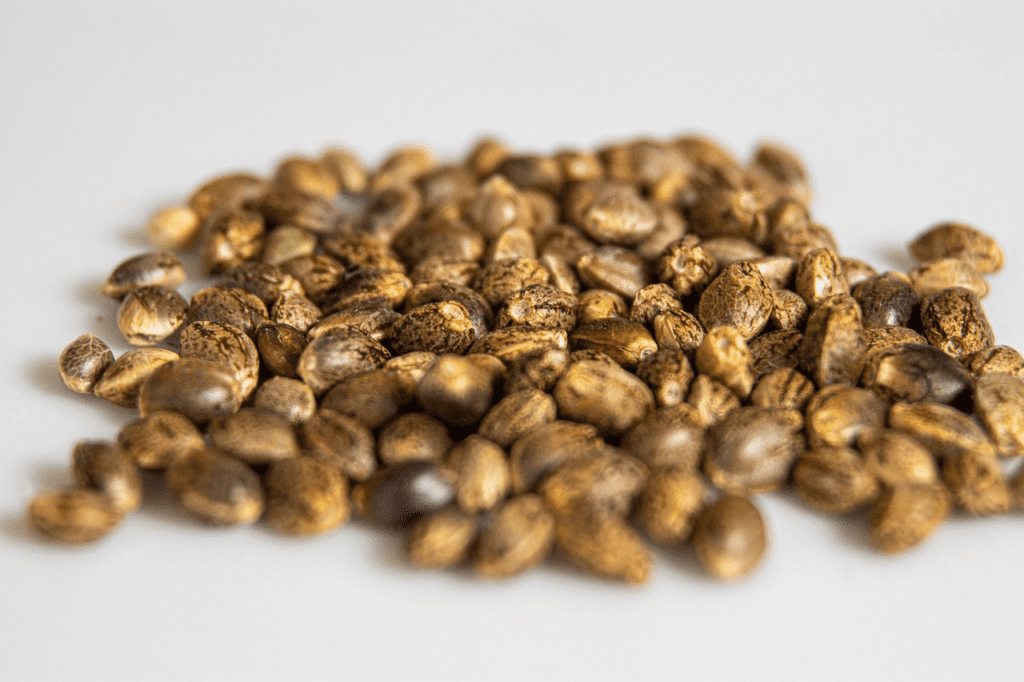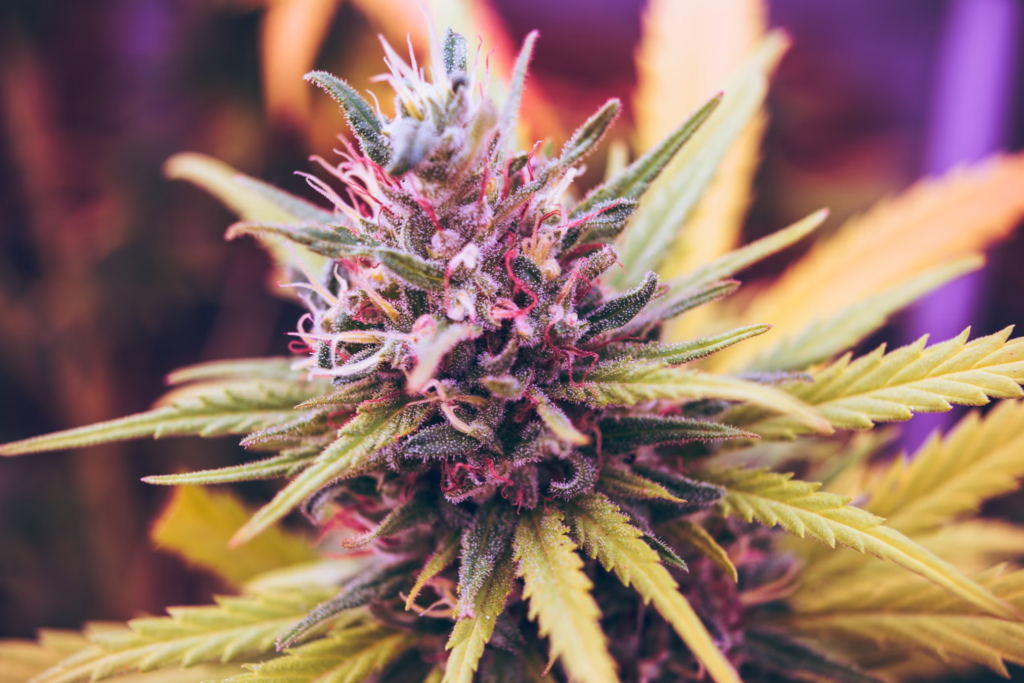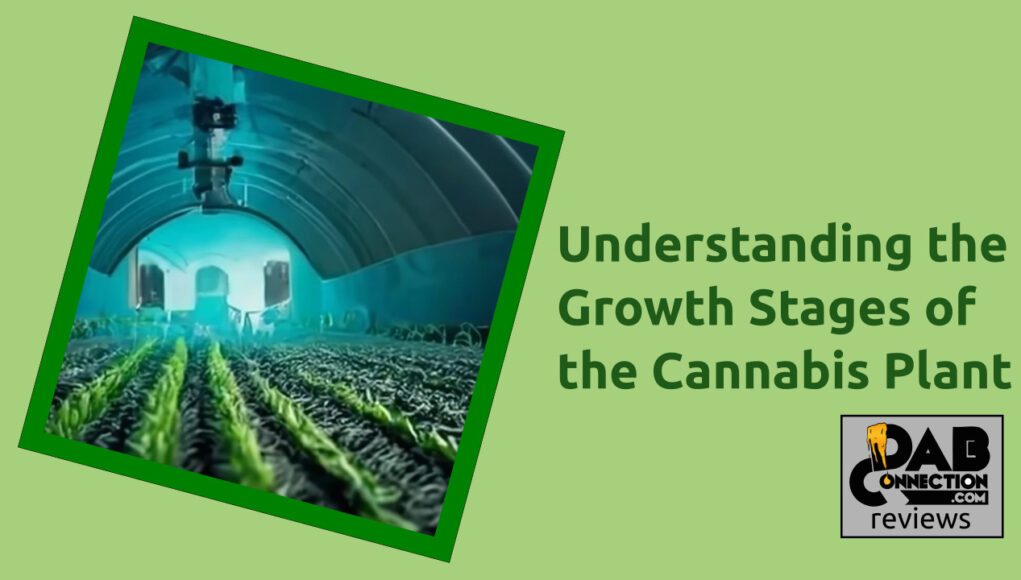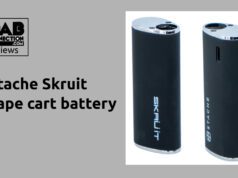With cannabis use continuing to grow in popularity and reduce in stigma, many people throughout both the United States and Canada are looking for opportunities to legally grow their own cannabis plants. Because cannabis is cultivated primarily for consumption in a variety of ways, its care goes far beyond enjoyment of your everyday house plant. Understanding how to raise these plants, and what can be done to enhance their growth, will ultimately yield a more satisfying crop.
Here are some basics to help plant that seed of inspiration for growing your own high-quality cannabis, from start to finish.
Germination

Everything big starts from something small and the enjoyment of your cannabis is no different.
There are a variety of different ways to grow your cannabis and deciding which method works best for you can help determine how to set up your plant for success. Growing inside a room, a greenhouse, or your backyard not only determines how you plant, but also which seeds you plant and when. For those growing outside in North America, consider planting your seeds around February, depending on your specific region’s climate.
The strains you prefer to grow will also impact the growth stages of your plant (and if they will grow well in your preferred growing condition). This can be the fun part if you already have a favorite strain. Additionally, the type of seed itself matters — such as regular, feminized (female plants produce far more buds) or autoflower. This is especially critical when it comes to how your plants are taken care of and how much you can expect to yield once they are grown. All in all, expect germination to take about 3 to 10 days.
Also key, of course, is making sure that you know the laws in your city as well as state, province, or territory regarding how many plants you can grow. For example, in Saskatchewan, you can have up to four non-medical plants, while in Washington State, you can only grow plants with a medical license. This means there might be laws regarding whether or not you can order seeds online, so purchase your seeds accordingly!
The Seedling

Congratulations! Your seeds have germinated, and now the future buds are budding from the soil. Along the way, “blades” will begin to appear as the plant grows leaves and the seedlings should be a vibrant green colour.
If you transplanted your seeds, this is a time when cannabis plants need to be kept safe and secure, especially if they are autoflowers. Special attention must be given to how often they are watered and how much sunlight they receive. Plants stay in this stage for about 2 – 3 weeks.
Vegetative

The cannabis plant will hang out in the vegetative stage for a while, often about 3 to 16 weeks, depending on specific strain or whether it is sativa or indica. In a lot of ways, both the vegetative and flowering stage are where monitoring and TLC are especially important.
Working with online cannabis retailers who sell specific products for cannabis will be helpful. All plants need similar tools, but cannabis plants need different levels of humidity, light, and nutrients than other plants. They will thrive better with a different blend of the above by the time they transition out of their germination-to-seedling stage. Thanks to the increase of legalization of cannabis, it is easier to find products that best cater to the needs of a cannabis plant at different stages.
Also, the vegetative state is also where leaves will really start to grow, especially depending on whether the plant is sativa or indica. you will notice an increase in the amount of pruning needed. Pruning at this stage will ultimately help create more leading up to the main event.
Flowering

This stage can last from about 7 – 13 weeks. Throughout this process, you will see a shift from the pre-flowering stage, to when the pistils begin to appear. The rest of the flowering stage is shown in the buds continuing to grow, becoming heavier, stickier, more vibrant in colour, and of course, aromatic.
For these reasons and more, including because if you are growing outside, the outdoor growing season in North America is generally aligned with the summer season, look out for pests. While the trichomes that appear at this stage can also help as natural pesticides, no plant is completely safe. In addition, mold and other growths can make all the difference between a bumper crop or a total bust.
Generally speaking, mold is gray or white in colour. If you see what you think is mold on your plant, there are some home remedies, as well as supplies that can help either trim off or stave off the mold from the source.
Grow Where You are Planted
Many people attest that after a somewhat steep learning curve, the investment to grow cannabis yourself is well worth it. Many growers speak about their satisfaction in terms of quality and their control over it, the ease of access that comes with home-grown goodness, and, ultimately, the savings on money.
Whether growing cannabis is primarily medicinal or as a dope treatment for your writer’s block, the simple act of cultivation can be a rewarding hobby in and of itself.
Happy growing!













